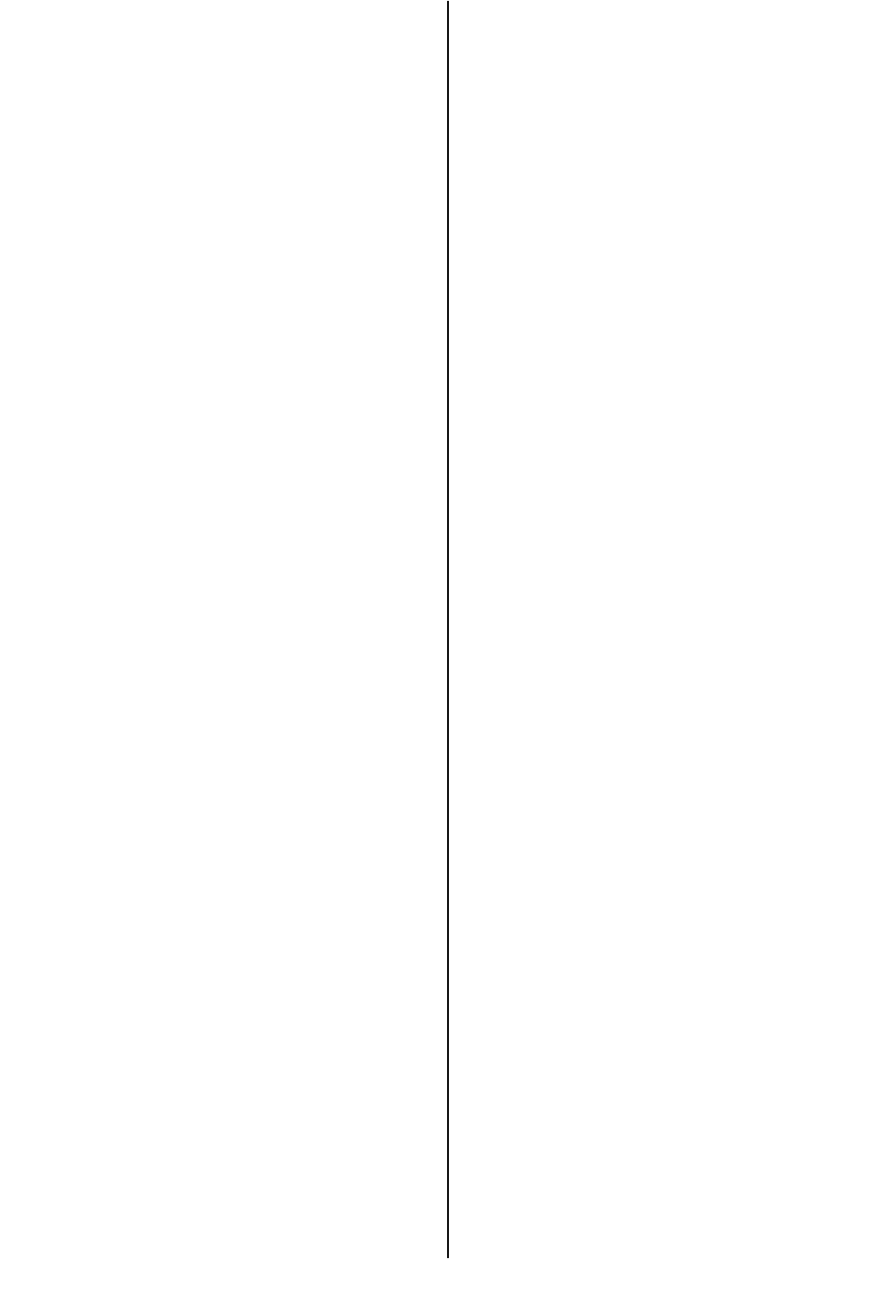
4
Safety Instructions
Extensive tests have been conducted on the material,
functionality and quality of the units.
Hazards may nevertheless arise if the unit is used by
persons not familiar with its operation or if the unit is not
used for its intended purpose.
Please make sure to always comply with these safety
instructions:
◊ The relevant local building codes must always be
observed!
◊ The operator is responsible for proper unit assembly,
correct electrical installation and safe operation of the
units.
◊ The units must be set up, mounted and operated in
such a way that employees are not bothered by or
put at risk of radiant heat.
◊ The units may only be attached to sturdy construc-
tions or ceilings made of materials with adequate
bearing capacity.
◊ The units must be attached with sturdy wall mounts
that are fastened to the unit.
◊ Assembly, connection of the heating medium, con-
nection of the electrical system and maintenance
may only be performed by trained and authorised
personnel.
◊ The units may not be set up, assembled or operated
in surroundings susceptible to fire or explosions.
◊ The units must be set up outside of high-traffic
zones, e.g. also cranes.
A safety zone of 1 m must be maintained.
◊ The units may only be operated when mounted.
◊ Safety components such as, for example, protective
grilles, may not be disassembled or taken out of op-
eration.
◊ The units may only be used for their intended pur-
pose within the specified operating ranges and with
approved transport media.
See type plate.
◊ The air intake grille must always be kept free of dirt
and loose objects; the unit outlets may not be
blocked.
◊ Never insert foreign objects into the unit.
◊ The units may not be exposed to a direct stream of
water.
◊ Never let water get inside the units.
◊ All of the unit‘s electrical lines must be protected
from damage, e.g. by animals.
Assembly Instructions
Follow these instructions to ensure that the units are as-
sembled safely and effectively:
◊ The units are to be placed in such a way that areas
where people work and spend time are not in the di-
rect air current.
◊ The units may only be mounted on ceilings or roof
constructions with adequate bearing capacity.
◊ The heat-exchanger must be connected in such a
way that vibrations from the unit may not be trans-
ferred to the piping systems or vice-versa.
◊ For wall-mounting, a minimum height of 2.5 m to the
lower edge of the unit must be observed.
◊ For wall assembly above 4 m, air should be circu-
lated from the floor to ensure that heat is distributed
evenly.
◊ For wall assembly below 4 m, the unit should be
equipped with an air outlet hood HG 4.
◊ For wall assembly above 4 m, the unit should be
equipped with a ceiling air outlet nozzle AD.
◊ Before connecting the unit to an existing warm water
heating system, the boiler and pump must be checked
for adequate capacity.
◊ For maintenance and repairs, we recommend at-
taching a repair switch close to the unit.
◊ After all attachment screws have been tightened
evenly, the fan is to be checked to ensure that it is run-
ning smoothly.
◊ Units that operate with fresh air must be outfitted
with frost protection monitors.
The units are only ensured to function properly if
the initial temperature in the unit supply lines and
the pump capacity are adequate for the selected
class of unit.
Connection to the heating system
Before connecting to the customer heating system, the
heating and pump capacity must be checked to ensure
that they meet the technical requirements of the respec-
tive unit.
The REMKO PWW unit should be connected via shut-
off valve, automatic air bleeder and screw attachments
in the supply and return lines.
Electrical installation
The electrical connections of the units must be installed
by authorised personnel in line with the relevant regula-
tions and with the wiring diagrams.
When connecting the screw attachments of the
heating medium connection, a suitable tool should
be used to apply counter-pressure to prevent dam-
age caused by turning the connection lines.


















